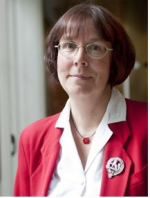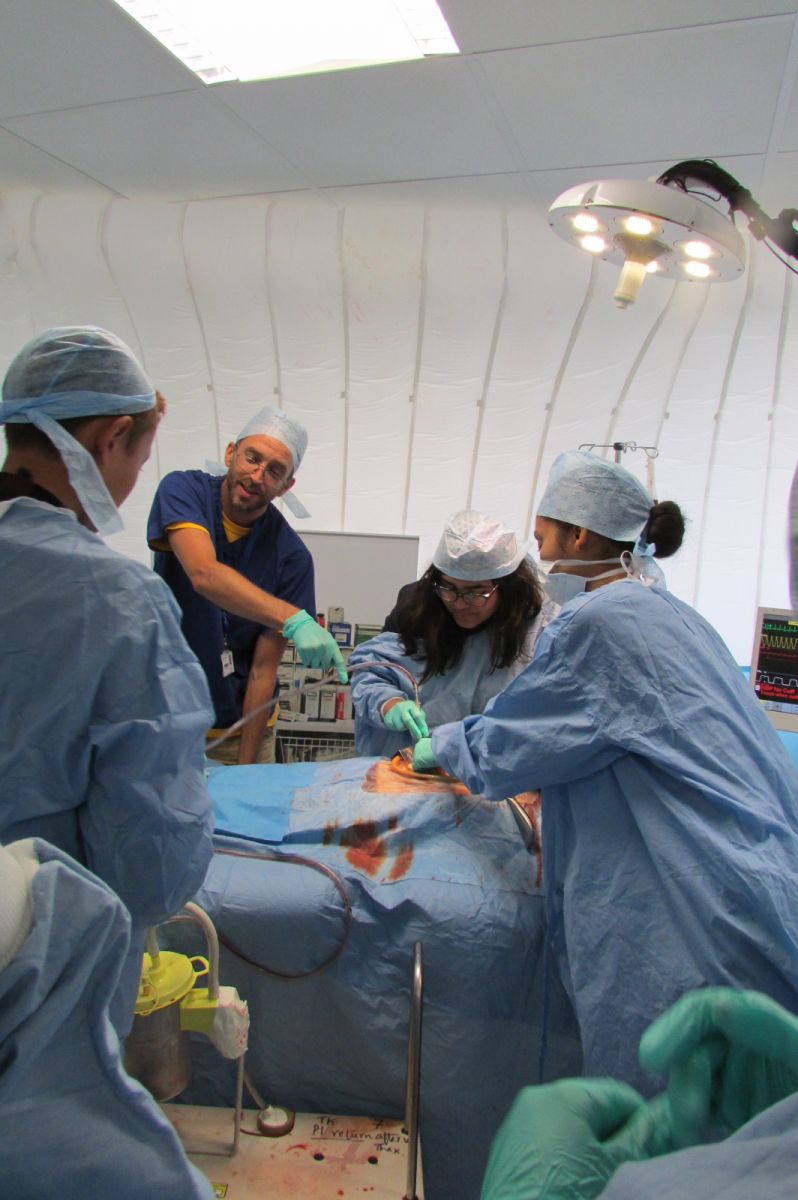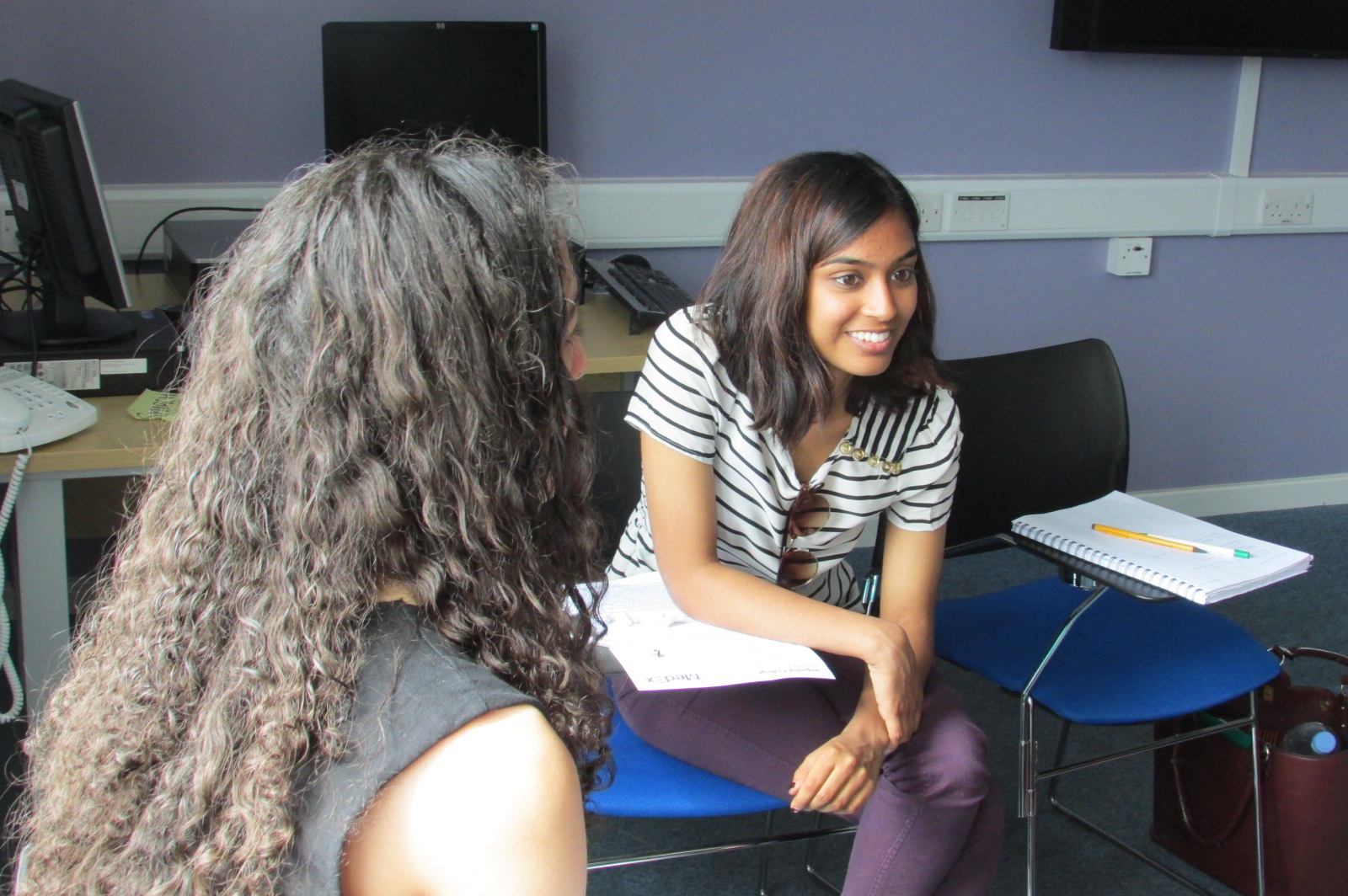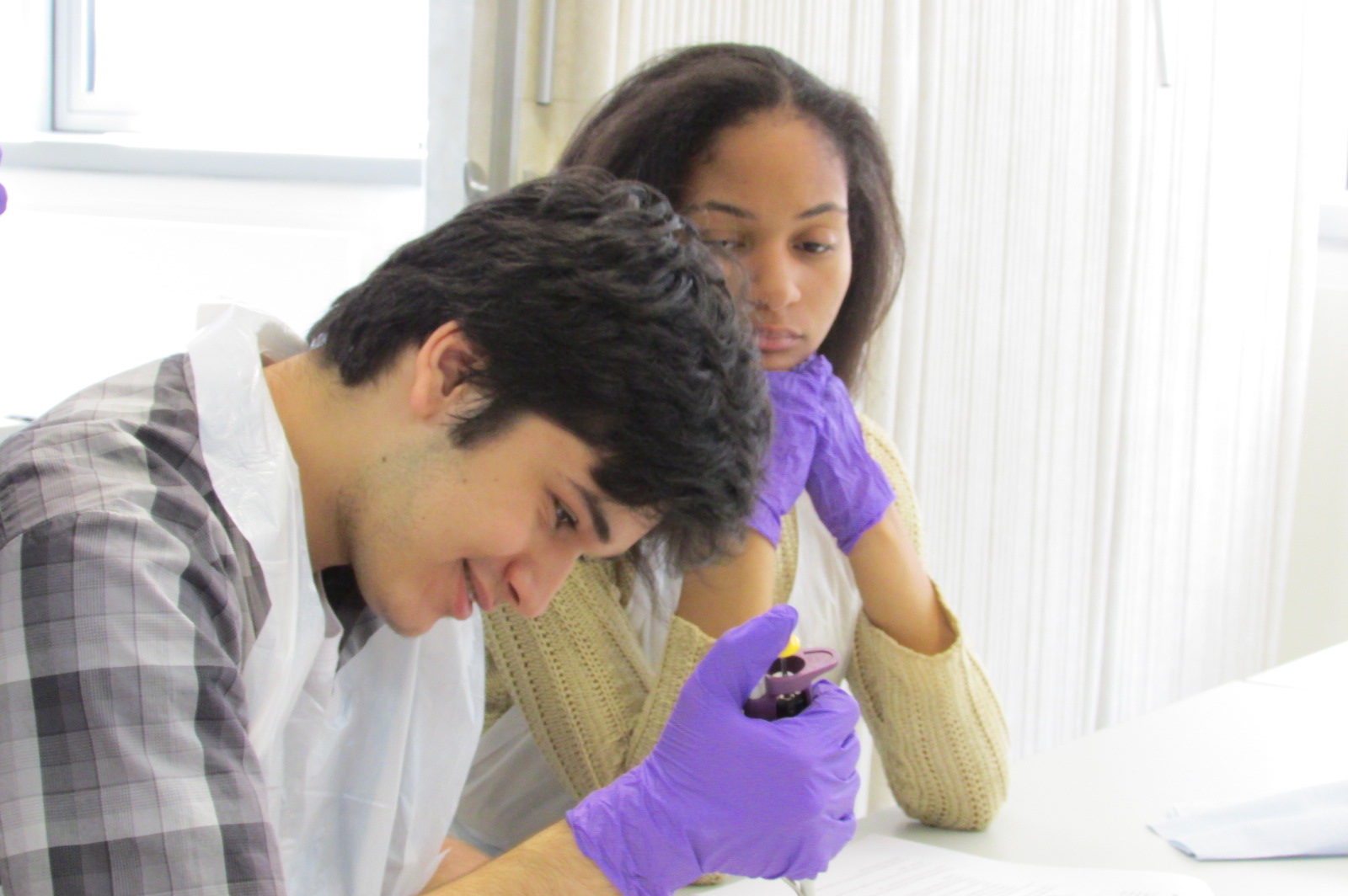


Theme
9JJ Admission to Medicine and Postgraduate Training Programmes
INSTITUTION
Imperial College London - Department of Medicine
Imperial College London - Outreach Office
Imperial College London - National Heart and Lung Institute
 Entry to medical school is highly competitive and schools are keen to admit only candidates who they believe will become successful and fulfilled medical practitioners. To this end, applicants to medical school are normally expected to have obtained relevant work experience prior to their application since it is a widely held belief that this demonstrates motivation and allows applicants to gain a sound understanding of medicine as a career. However, such experience is often very difficult for non-traditional pupils to obtain, since they lack relevant personal contacts, and often attend schools with no history or experience of preparing pupils for medical school. Lack of relevant work experience reduces the chances of these students of securing a place to study medicine [1] This is not only inherently unfair, it means that doctors as a group are less representative of the society that they are serving. To ensure diversity in the healthcare workforce, we need to recruit medical students from the widest talent pool possible.
Entry to medical school is highly competitive and schools are keen to admit only candidates who they believe will become successful and fulfilled medical practitioners. To this end, applicants to medical school are normally expected to have obtained relevant work experience prior to their application since it is a widely held belief that this demonstrates motivation and allows applicants to gain a sound understanding of medicine as a career. However, such experience is often very difficult for non-traditional pupils to obtain, since they lack relevant personal contacts, and often attend schools with no history or experience of preparing pupils for medical school. Lack of relevant work experience reduces the chances of these students of securing a place to study medicine [1] This is not only inherently unfair, it means that doctors as a group are less representative of the society that they are serving. To ensure diversity in the healthcare workforce, we need to recruit medical students from the widest talent pool possible.
 We have created partnerships between specific general practices which undertake to offer work experience placements to pupils (aged 16-18yr) from particular schools in areas of socio-economic deprivation. Pupils are shortlisted by their school teachers on the basis of their academic ability and then selected by the Imperial College Outreach Office on the basis of their engagement with the selection process and their expressed reasons for participation. General practices are recruited from the practices which are employed by Imperial College to teach its current medical students. Participants and practices were paired on the basis of geographical proximity - participants had to be able to reach their partner practice easily by public transport, but had to live outside the catchment area of the practice, to minimise risk of them encountering patients who were known to them. We hoped that once created, the partnerships would be self sustaining.
We have created partnerships between specific general practices which undertake to offer work experience placements to pupils (aged 16-18yr) from particular schools in areas of socio-economic deprivation. Pupils are shortlisted by their school teachers on the basis of their academic ability and then selected by the Imperial College Outreach Office on the basis of their engagement with the selection process and their expressed reasons for participation. General practices are recruited from the practices which are employed by Imperial College to teach its current medical students. Participants and practices were paired on the basis of geographical proximity - participants had to be able to reach their partner practice easily by public transport, but had to live outside the catchment area of the practice, to minimise risk of them encountering patients who were known to them. We hoped that once created, the partnerships would be self sustaining.
Ove r the period of approximately 6 months, 11 partnerships have been created, resulting in over 20 work experience placements which took place during one calendar year. Each general practice has autonomy in how it chooses to deliver the work experience. We have found that the majority of surgeries and schools do not communicate directly even once partnerships have been created and external monitoring is required at intervals.
r the period of approximately 6 months, 11 partnerships have been created, resulting in over 20 work experience placements which took place during one calendar year. Each general practice has autonomy in how it chooses to deliver the work experience. We have found that the majority of surgeries and schools do not communicate directly even once partnerships have been created and external monitoring is required at intervals.
Participants’ feedback is proving invaluable in helping us to prepare future students more fully for their work experience since those arriving with fixed expectations gained less from the experience than others. For example, two students from the same school placed in the same surgery reported widely different benefits. One reported "Talking to patients" and getting "plenty of useful advice and helpful tips" from medical students on site as well as learning from the doctors about the many roles they perform in addition to consultations with patients. She felt that her experience "helped me in further understanding the role of a doctor and the motives behind studying medicine." In contrast, the other student was disappointed that he had not been permitted to sit in on consultations and had gained less than his peer.
Surgeries which had received students were mainly willing to take others from the same school . The scheme is popular with schools; we have received more requests to participate than we can accommodate. This response is encouraging us to expand the programme to include placements in hospitals as part of an ongoing project [2] which we are expanding. We are currently tracking whether participation in the scheme is associated with an increase number of successful applications to medical school.
 Establishing partnerships between specific schools and host general practices is one way of providing relevant work experience to students from non-traditional backgrounds. Although it is sustainable, it is not completely self sustaining and requries intermittent input to keep the partnerships in place and running optimally.
Establishing partnerships between specific schools and host general practices is one way of providing relevant work experience to students from non-traditional backgrounds. Although it is sustainable, it is not completely self sustaining and requries intermittent input to keep the partnerships in place and running optimally.
 Supported placements offer a route for providing relevant work experience to non-traditional school students. In order for them to work optimally, students must be flexible and open minded, practices must have autonomy to manage placements as they see fit and the scheme must be monitored at intervals, in order for it to be sustained.
Supported placements offer a route for providing relevant work experience to non-traditional school students. In order for them to work optimally, students must be flexible and open minded, practices must have autonomy to manage placements as they see fit and the scheme must be monitored at intervals, in order for it to be sustained.
The "twinning scheme" was the original idea of Dr Grant Blair, an inspirational clinician and educator who hosted students in a pilot partnership. We are immensely sad that he died before he could see the scheme expanded.
We are grateful to the Rayne Foundation and the Sutton Trust for their generous financial support of this project.
[1] Kamali A W, Nicholson S, Wood D F. A model for widening access into medicine and dentistry: the SAMDA-BL project. Med Educ 2005; 39: 918–925.
[2] Smith S, Alexander A, Dubb S, Murphy K and Laycock J.Opening doors and minds: a path for widening access. Clinical Teacher. 2013:10:124–128
 Send Email
Send Email